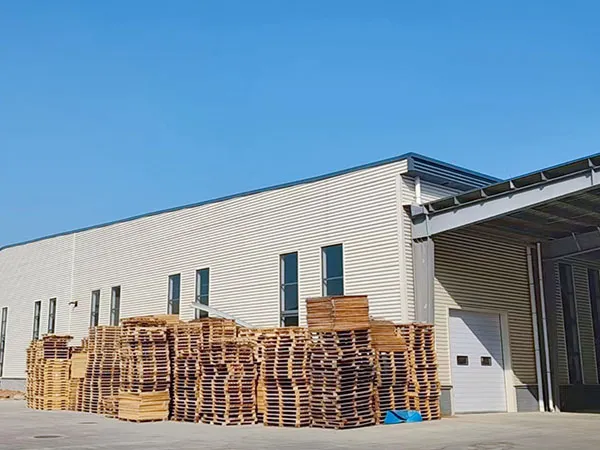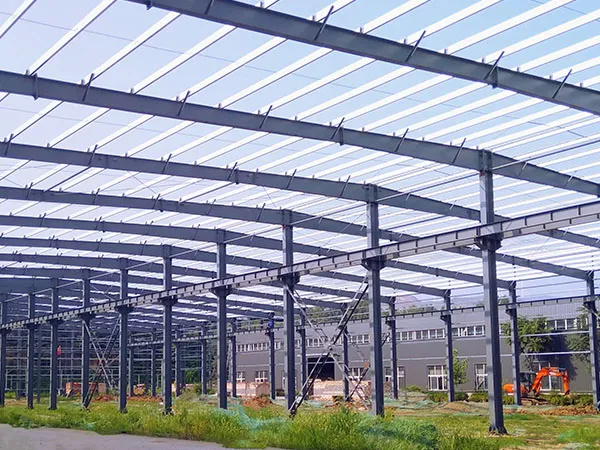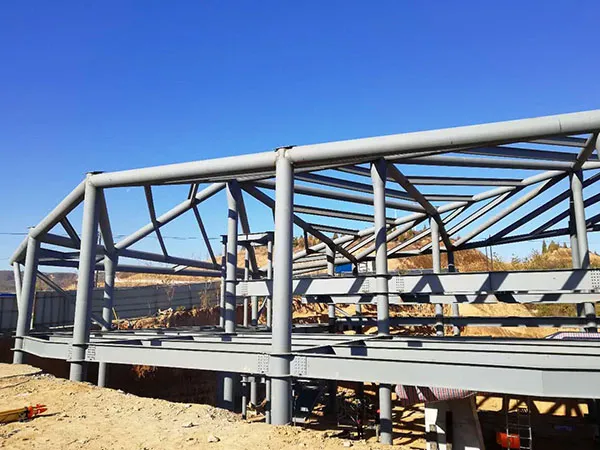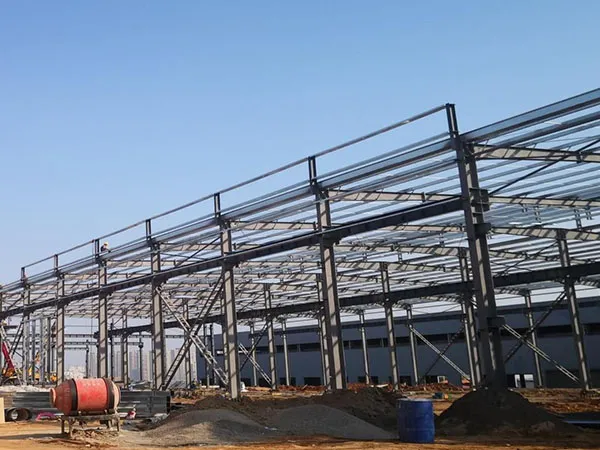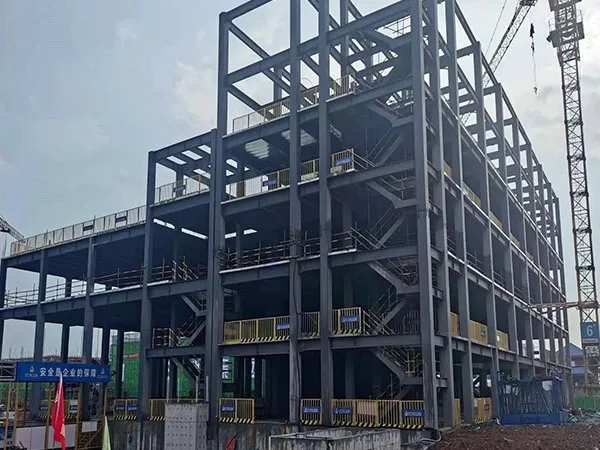01
Adhere To Design Standards
Agricultural buildings should follow British Standard BS 5502-22:2013, which provides additional information and design data specific to agricultural buildings and in some cases provides for reduction factors for wind, snow and applied loads.
02
Consider Weather Factors
Before installing steel structures, weather factors should be studied and considered, and weather forecasts should be used to avoid problems that may hinder the construction process. Heavy rain and humidity may make the construction site slippery, while strong winds may affect the operation of construction equipment such as cranes.
03
Check Equipment, Materials, Tools And Transportation Methods
Equipment, materials, tools or transportation methods should be thoroughly checked before use. Steel needs to be thoroughly checked according to quality standards and proof of origin, especially structural bolts and anchor bolts.
04
Check The Construction Space
The construction space needs to be thoroughly checked and site preparation work needs to be carefully carried out. The construction site must be level and ensure that there is enough stability to bear the weight of the steel structure and construction equipment. The foundation needs to be designed and constructed according to the loads on the structure.
05
Supervise The Installation Of Steel Structures
Supervising the installation of steel structures is an important part of ensuring that the project proceeds as designed and meets safety standards. Supervisors need to have experience and in-depth knowledge of steel structures to detect and promptly resolve any problems that arise.
06
Pay Attention To Moving Up And Down The Steel Structure Construction Site
Safety is very important when moving on the steel structure construction site. There are usually many dangerous areas on the construction site, and improper movement may lead to serious accidents.
07
Check The Bolt Tightening Force
Checking the bolt tightening force during the steel structure installation process is an important step to ensure the stability and safety of the structure. Insufficiently tightened bolts may cause the structure to loosen, while overtightening may cause unnecessary stress or even damage the bolts.
08
Check The Alignment Of The Main Structure
Checking the alignment of the main structure in the steel frame workshop is a key step to ensure the accuracy and stability of the entire structure. Inaccurate alignment may cause imbalance, affecting the load-bearing capacity and life of the structure.
09
Project Acceptance
After completing the assembly and construction process of the steel structure, there are still many important tasks to be completed to ensure the quality and long-term durability of the structure. This includes the inspection of the entire scaffolding system and construction process to ensure labor safety.
10
Acceptance Of The Completed Construction Stage
At this stage, the structure will be inspected on site. Experts will conduct a detailed inspection of each part of the steel structure to ensure that everything is installed correctly according to the design drawings and meets the required technical standards.
11
Final Inspection And Completion
This is the final stage of the inspection process. During this stage, a meticulous inspection of the entire completed area will be carried out. The experts will evaluate the entire structure, including the smallest details such as protective paint coatings, finishing details, and overall aesthetics.
